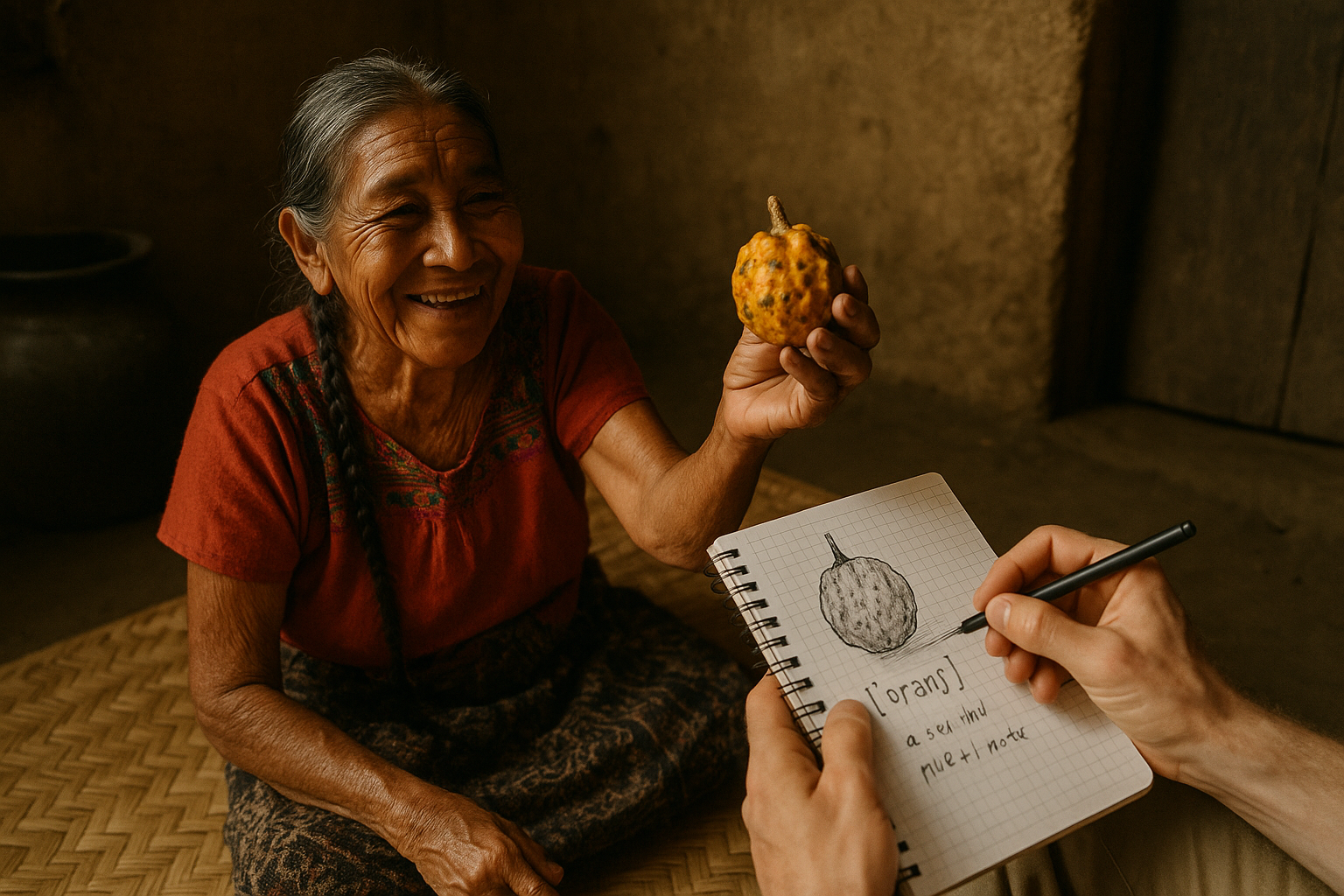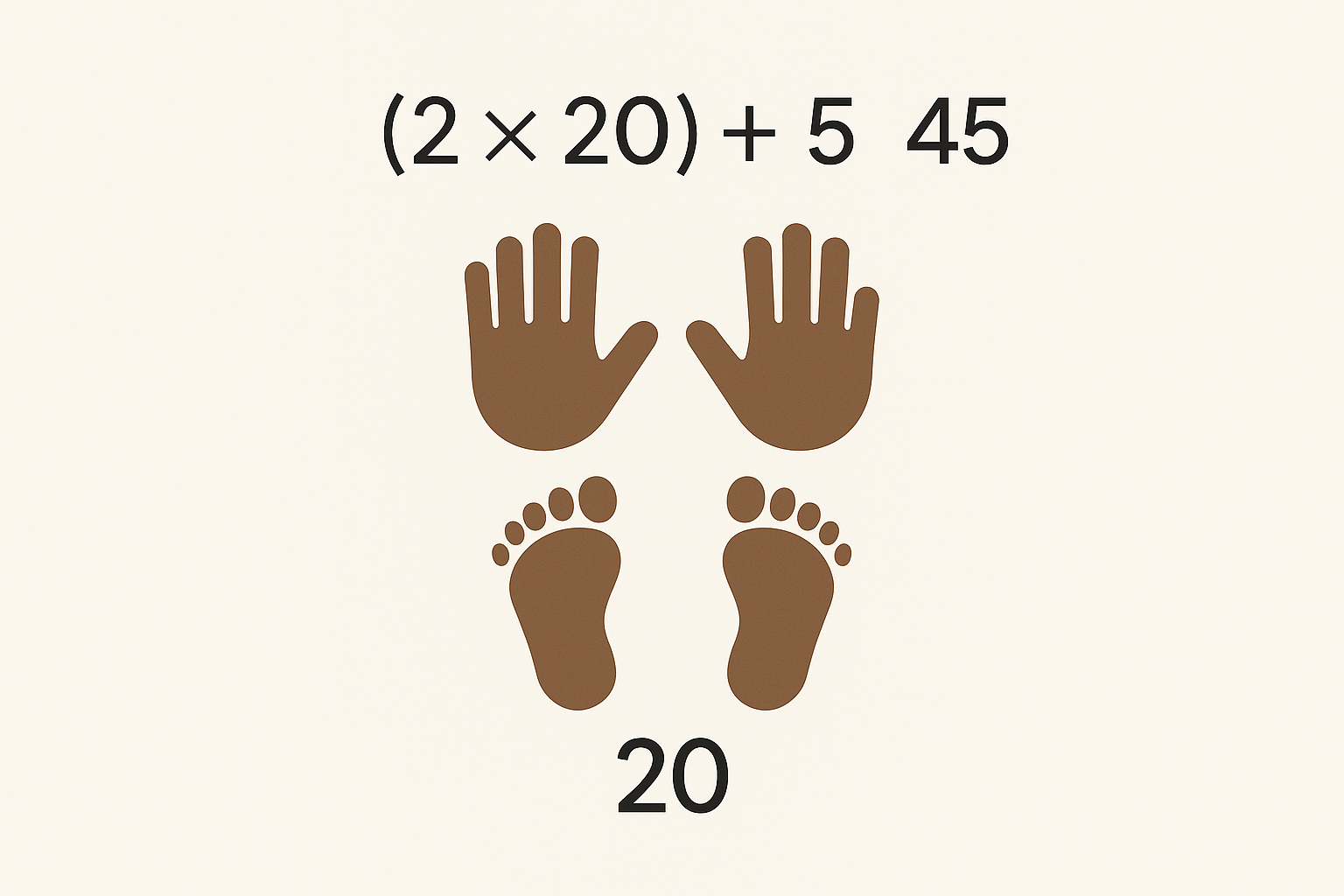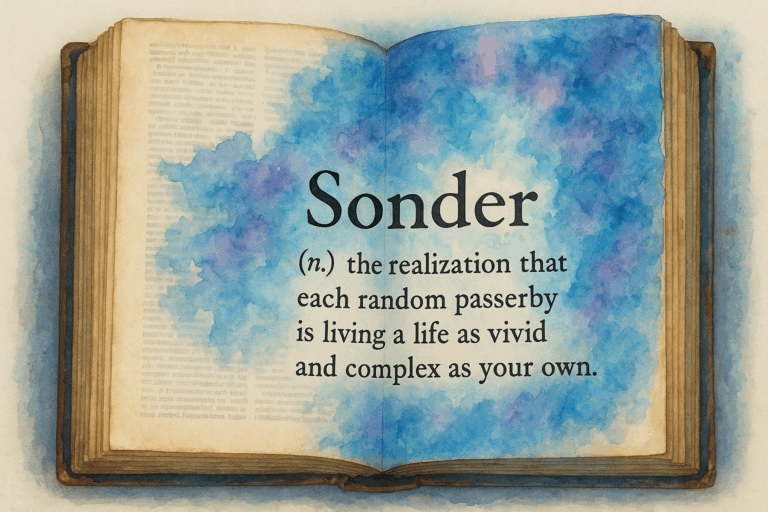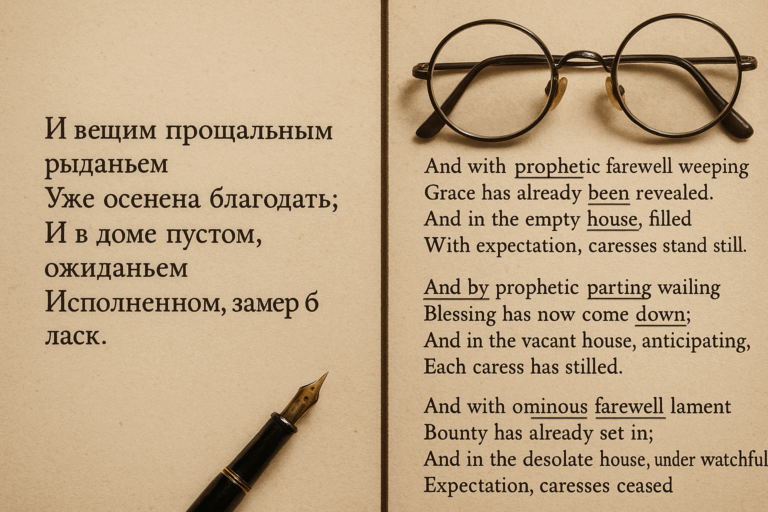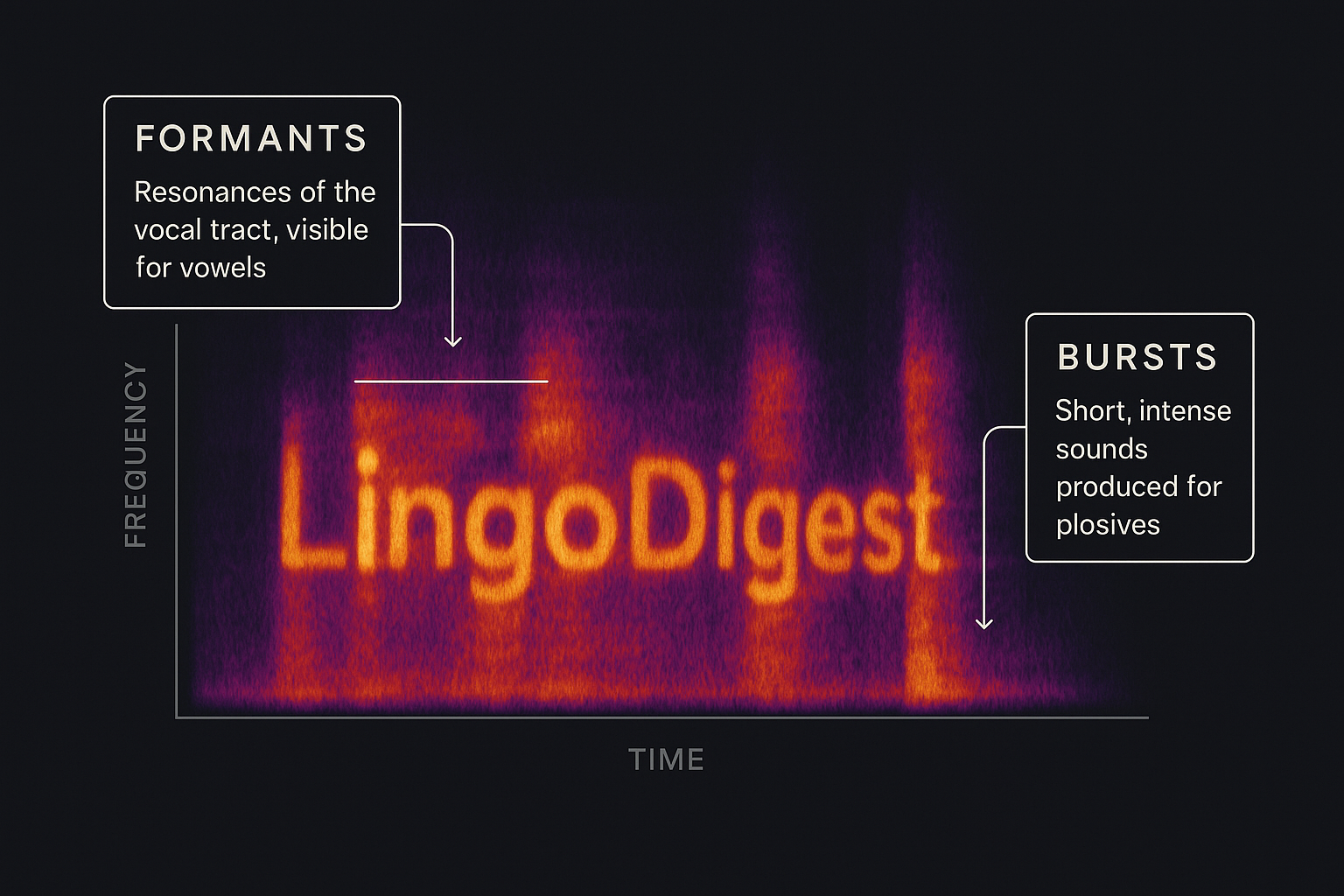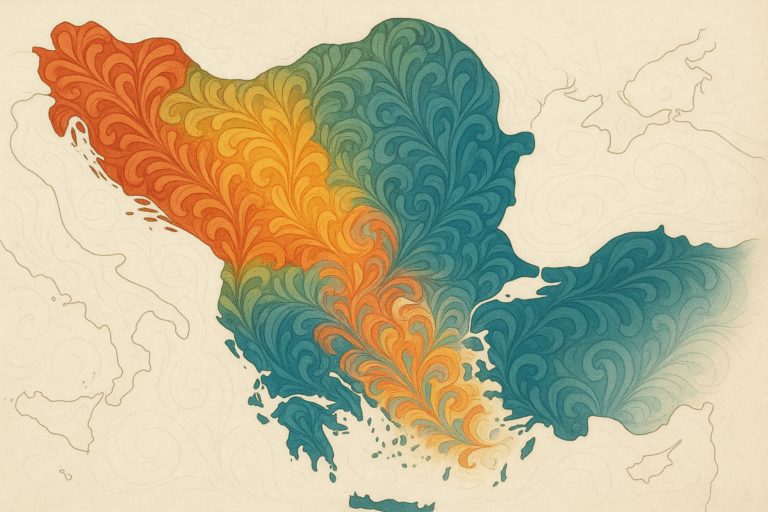We often romanticize the work of a linguistic fieldworker. We picture someone trekking through a remote jungle, notepad in hand, on a noble quest to “save” a dying language. While the preservation of linguistic diversity is a vital goal, this image often glosses over the raw, messy, and profoundly challenging methodology at the heart of the work. What happens when there’s no Rosetta Stone, no bilingual guide, no shared vocabulary whatsoever? Welcome to the world of monolingual fieldwork.
This is linguistics in its most fundamental form: learning a completely undocumented language directly from its speakers, starting from absolute zero. It’s a process built on patience, intuition, and the slow, painstaking art of human connection.
What is the “Monolingual Method”?
The monolingual method, sometimes called the monolingual elicitation approach, is exactly what it sounds like. A linguist enters a community with the goal of documenting their language, but they share no common tongue with the speakers. They cannot ask, “How do you say ‘water’?” in English, Spanish, or any other language. They cannot rely on a translator who might inadvertently filter the language’s unique structure through the grammar of a more dominant one.
Instead, the linguist must build a dictionary and a grammar from the ground up, using only the context of the immediate environment and the willingness of a native speaker—often called a “consultant”—to be their teacher. Every single piece of information, from the word for ‘rock’ to the past-tense marker, must be discovered through observation, gesture, and hypothesis testing. It is the ultimate immersive experience and a formidable intellectual puzzle.
The First Utterances: Pointing, Gesturing, and the “Gavagai” Problem
So, where do you begin when you can’t speak a single word? You start with what is universally human: pointing.
The linguist might point to a nearby object—a tree, for example—with an inquisitive look. The speaker, understanding the intent, provides the word: perhaps something like “tulu.” The linguist carefully transcribes it using the International Phonetic Alphabet (IPA). They then point to another tree. “Tulu.” Good. They point to a leaf. The speaker says a different word. Excellent. The first lexical item is tentatively logged: tulu = tree.
But it’s rarely that simple. This process is immediately fraught with ambiguity, a problem famously illustrated by philosopher W.V.O. Quine with his “Gavagai” thought experiment:
A linguist in the field sees a rabbit scurry by. His consultant points and says, “Gavagai.” The linguist writes down “gavagai = rabbit.” But how can he be sure? “Gavagai” could just as easily mean “Look!”, “Dinner!”, “Let’s go hunting!”, “An instance of rabbithood,” or even “undetached rabbit parts.”
To solve the “Gavagai” problem, the linguist needs more data and more context. They must hear the word gavagai used in multiple situations. Does the speaker say it when seeing a picture of a rabbit? When seeing a dead rabbit? When seeing just its tracks? By systematically varying the context and observing the speaker’s response, the meaning becomes clearer. This methodical process of elimination is the bedrock of monolingual fieldwork.
From Nouns to Verbs: Building a Grammar
Concrete nouns are the low-hanging fruit. Abstract concepts, actions, and grammar are infinitely harder. You can’t point to the concept of “yesterday” or the act of “thinking.”
To elicit verbs, a linguist might perform an action. They might walk a few steps and look expectantly at their consultant. The consultant says, “yapa.” The linguist then has their consultant walk. “Yapa.” Now, the linguist runs. The consultant says something different, maybe “woromi.” Through this call-and-response charades, a basic vocabulary of actions is built.
The real magic begins when the linguist starts testing for grammar. This is where hypotheses are formed and tested in real time.
- Plurals: The linguist points to one rock (“koro”). Then they hold up two rocks. Does the word change? Does it become “koro-koro” (reduplication)? Or perhaps “ma-koro” (a prefix)? Or does the word stay the same, indicating that plurals are marked in another way or not at all on the noun?
- Possessives: The linguist points to themself and then to a cup. The speaker says, “ani kapu.” Then the linguist points to the speaker and the same cup. The speaker says, “imi kapu.” Aha! The linguist has just discovered the words for ‘my’ (ani) and ‘your’ (imi).
- Sentence Structure: Once a few nouns and a verb are known (e.g., ‘man’, ‘fish’, ‘eat’), the linguist can try to understand word order. They might use drawings or figurines to depict a man eating a fish. The consultant might say, “pira omi ka’a” (literally ‘fish man eat’). This reveals a potential Object-Subject-Verb (OSV) word order, a structure very different from English’s SVO.
This process, known as elicitation, is a slow, repetitive dance of trial and error. The linguist is constantly making educated guesses and presenting them to the consultant, whose corrections, confirmations, or confused looks provide the crucial data needed to refine the grammatical model.
More Than Data: The Human Connection
If this all sounds like a clinical, data-driven procedure, that’s only half the story. The monolingual method is intensely, fundamentally human. It cannot succeed without patience, cultural sensitivity, and, most importantly, trust.
The linguist is wholly dependent on the generosity and patience of their consultant. Imagine someone repeatedly pointing at your hand, then their hand, then a picture of a hand, trying to understand if your language distinguishes between ‘my hand’ and ‘your hand.’ It can be tedious and even baffling for the speaker. A strong, respectful rapport is essential.
The linguist isn’t an extractor of information; they are a student. The consultant is the expert, the teacher. This relationship is a partnership built on mutual respect. Through this shared struggle to communicate, a deep bond often forms. The linguist learns not just a language but a way of seeing the world, and the consultant gets to share their culture with an attentive, dedicated outsider.
Why Endure the Struggle? The Payoff
In a world where bilingual speakers often exist, why would anyone choose this arduous path? The monolingual method offers a unique and invaluable reward: it reveals the language on its own terms.
When working through a shared language like English, a speaker may unconsciously bend their native grammar to fit the patterns of English. They might start using an SVO word order in their translations even if their language is naturally SOV. They might use a single word for ‘blue’ and ‘green’ because their language doesn’t distinguish them, but feel pressured to find separate terms when asked in English. This is the “translation trap.”
The monolingual method avoids this entirely. It forces the language’s true, unadulterated structure to the surface. It reveals how speakers categorize reality, what concepts are given their own words, and what grammatical relationships are truly important. It provides a cleaner, more authentic dataset and a far deeper insight into the cognitive and cultural world of the speakers.
Learning from zero isn’t just about documenting words and rules. It’s a testament to the raw power of human cognition and our innate drive to connect. It’s a slow, humbling, and beautiful process of building a bridge of understanding, one pointed finger and one shared smile at a time.
